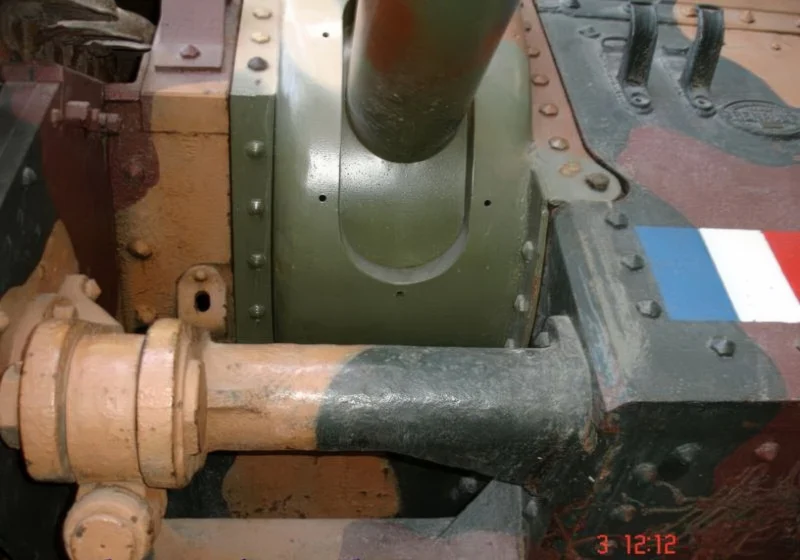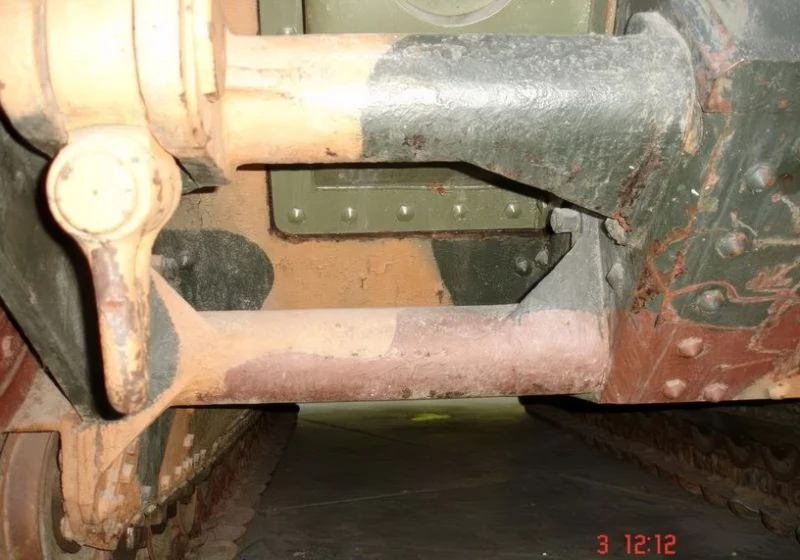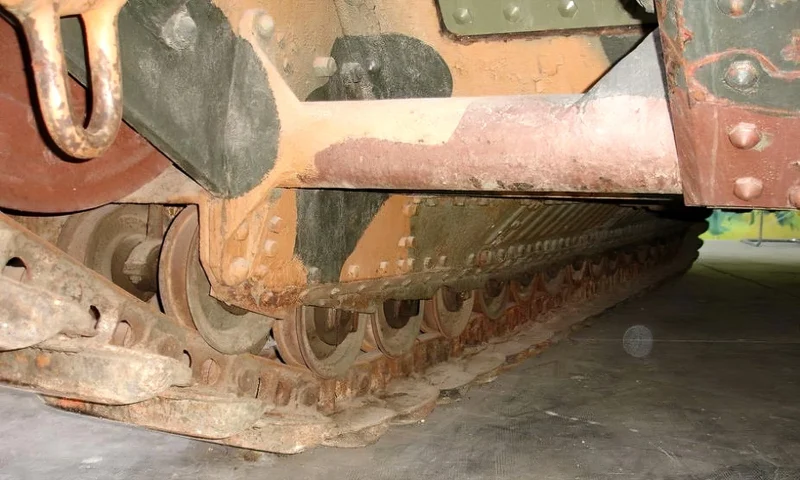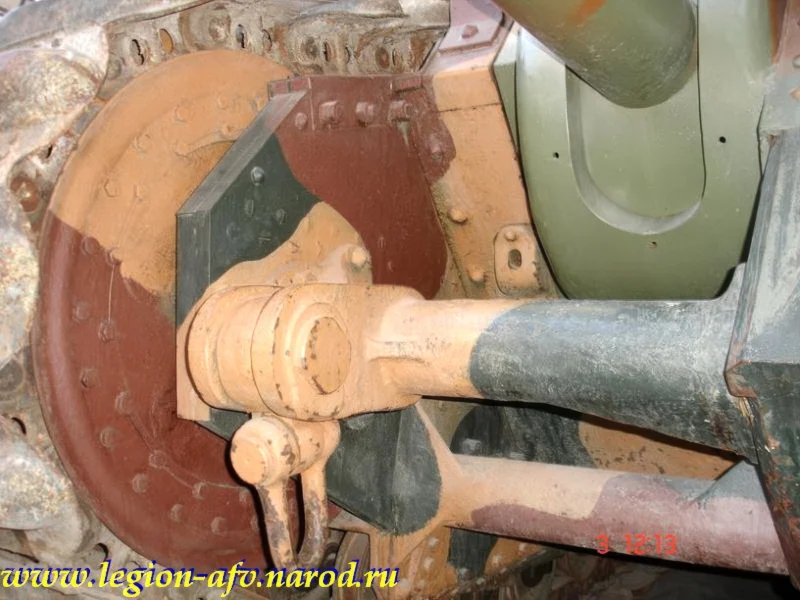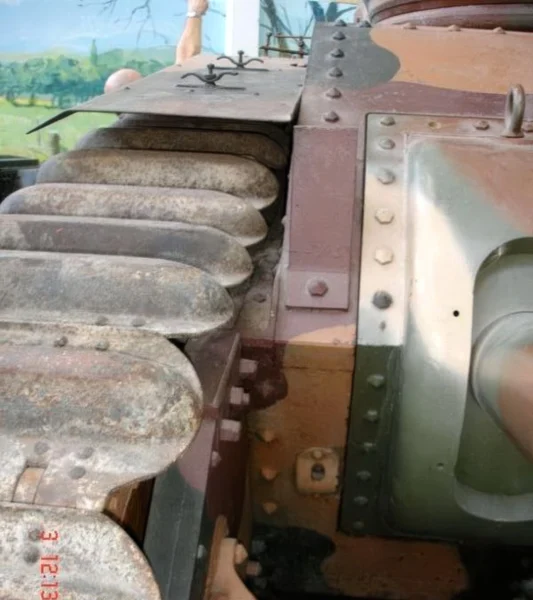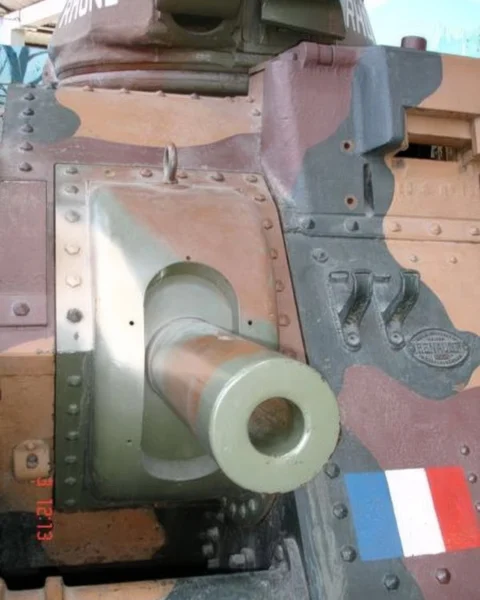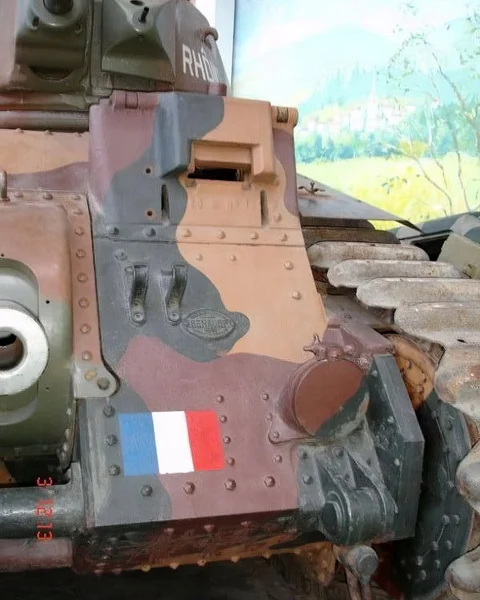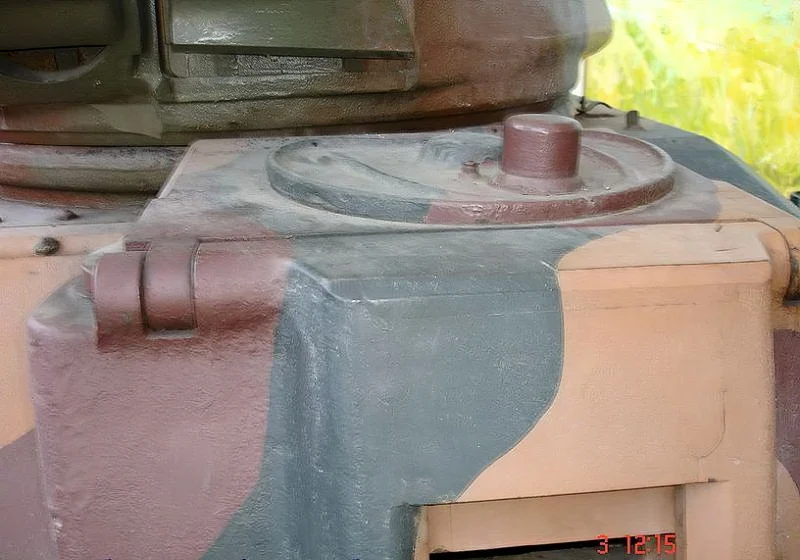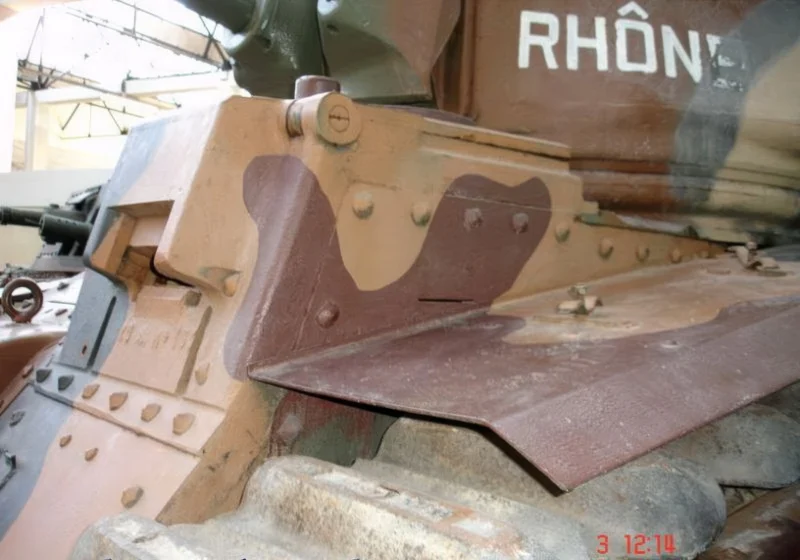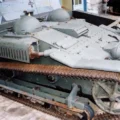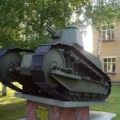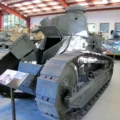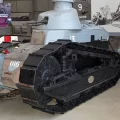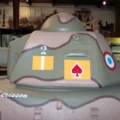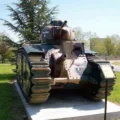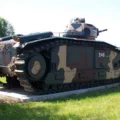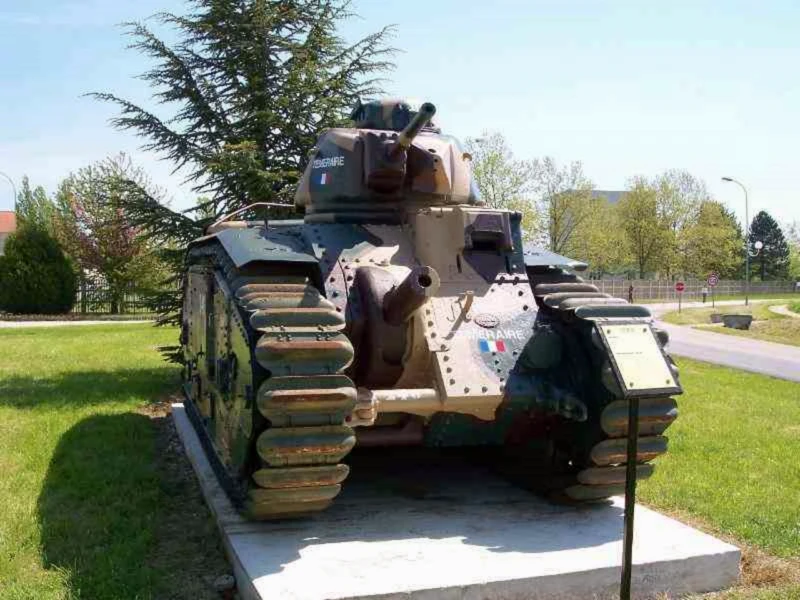
ルノー B1 に | |
|---|---|
| 国 | フランス |
| モデル | B1 まで |
| 型 | 重戦車 |
| サービス中 | 1936年~1940年(フランス) |
| 構築 | 405) |
フォトギャラリー ルノー B1 に戦車の開発は長いプロセスであることが判明し、経済的、政治的、国際的な問題のためにすぐに標準化されませんでした。同じ理由で、注文された数量は小さく保たれていました。最初の「シリーズ」命令は、1934年4月6日に7つの模範のために署名され、Oecember 1934でさらに20の2番目、そして1935年4月29日に5の3分の1が続きます。50、3プロトタイプで、合計は35の模範に相当し、完全な大隊を装備するのに十分です。建設は、プログラムの異なる共同請負業者に委託され、最終的な組み立てはルノーとFCMの両方の責任です。
ソース: トラックストーリー
| Renault B1 bis – WalkAround | |
|---|---|
| カメラマン | Unknow |
| ローカライズ | 知りません |
| 写真 | 64 |
| Renault B1 Bis Walk Around | |
|---|---|
| カメラマン | Unknow |
| ローカライズ | 知りません |
| 写真 | 46 |
関連項目:
ザ Renault Char B1 was a heavy tank designed in France in the 1930s, and the B1 bis was the main production and most formidable variant used by the French Army during the Battle of France in 1940. It was one of the most heavily armored and powerfully armed tanks available to any nation at the start of World War II.
Development and Design
- 役割: The Char B1 series was designed as a “battle tank” or “tank of maneuver” (戦車), intended to lead infantry breakthroughs, destroy enemy fortifications, and engage enemy armor.
- Heavy Armor: Its greatest strength was its armor. The B1 bis featured **cast and riveted steel armor** up to **60 mm** thick on the hull and turret front. This made it virtually immune to all standard German anti-tank guns and tank guns at typical combat ranges in 1940.
- エンジン: It was powered by a **Renault gasoline engine** producing 307 horsepower, which was necessary to move the tank’s substantial weight of about 31.5 tonnes. However, the tank was slow, with a top speed of only around 28 km/h on roads.
Unique Armament Configuration
The B1 bis had a highly unusual and complex armament layout with two primary guns:
- Hull Gun: Its primary anti-tank weapon was a **75 mm ABS SA 35 gun** mounted rigidly in the **front right hull**. This gun had very limited traverse (only 1 degree left/right), meaning the **entire tank had to be pointed** at the target to aim the gun horizontally. The driver was also responsible for aiming and firing the hull gun, placing an enormous burden on one crew member.
- Turret Gun: A **47 mm SA 35 gun** was mounted in a small, single-man cast turret (**APX4**). This gun was excellent against German armor, but the single-man turret meant the commander was severely overloaded, having to search for targets, load, aim, fire the gun, and command the tank simultaneously.
- Secondary Armament: Two **7.5 mm Reibel machine guns** were also carried—one coaxially in the turret and one in the hull.
Operational History and Flaws
- Battle of France (1940): The B1 bis achieved notable successes early in the campaign. During the Battle of Stonne, a single B1 bis famously survived 140 hits from German anti-tank rounds without being penetrated.
- Key Flaws: Despite its resilience, the B1 bis was strategically limited:
- Overburdened Commander: The single-man turret severely reduced the tank’s situational awareness and rate of fire in dynamic combat.
- Range and Endurance: High fuel consumption and slow speed limited strategic mobility and operational range. Refueling was complex and time-consuming.
- German Use: After the French defeat, many captured B1 bis tanks were pressed into service by the German Wehrmacht, often designated the **Panzerkampfwagen B2 740(f)**, primarily for occupation duties, training, and anti-partisan roles.
ビュー : 5197
